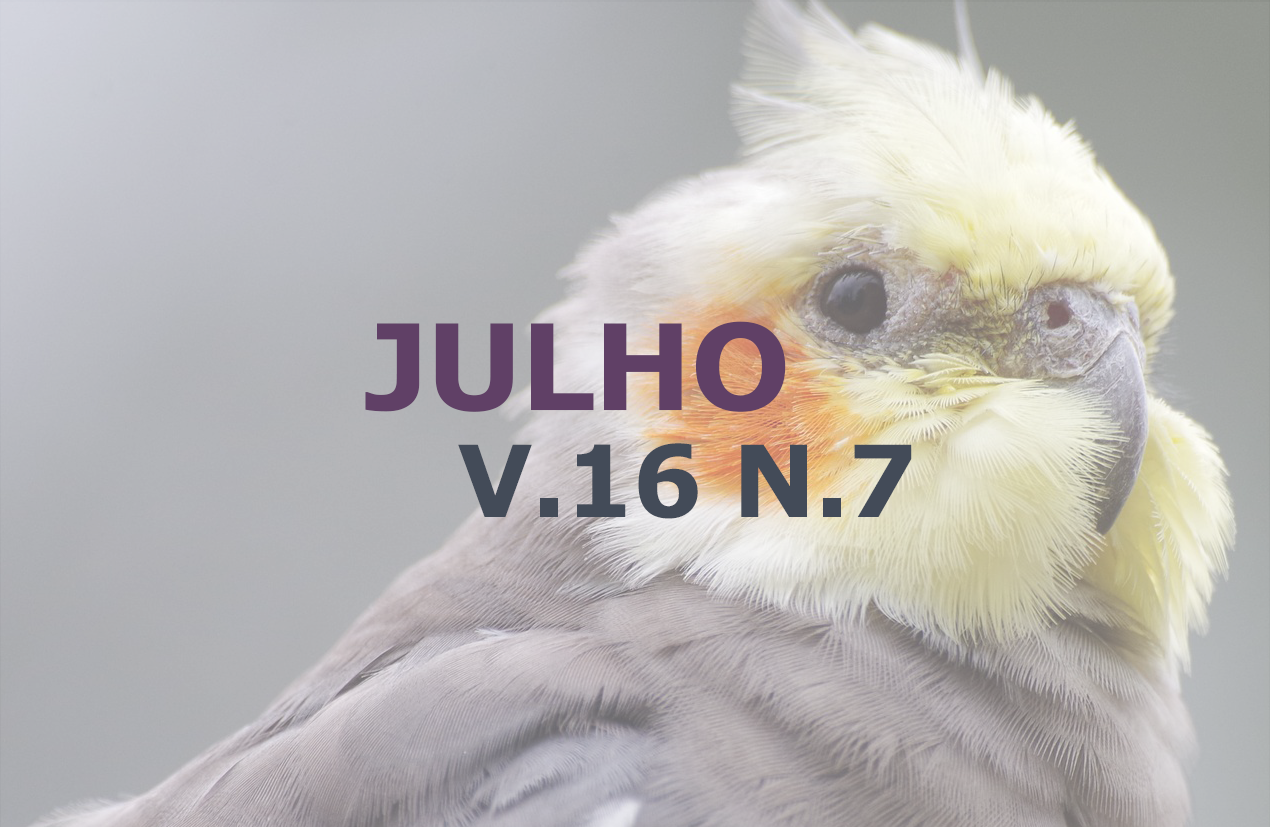Canine cutaneous hemangioma treated with Parvulan® (Cutibacterium acnes): Case report
DOI:
https://doi.org/10.31533/pubvet.v16n07a1163.1-5Keywords:
Canine cutaneous hemangioma, cutaneous nodule, Cutibacterium acnes, immunomodulatorAbstract
Immunomodulators are substances that act on the immune system by modulating various functions of the innate or acquired immune response. One of these immunomodulators is Cutibacterium acnes (C. acnes), an active agent of Parvulan®. The aim of this case report is to expound on the application of C. acnes as an immunomodulator in the treatment of a dog affected by benign hemangioma in the perineal region. The thirteen-year-old male animal, of no defined breed (NDB), presented a dark nodule, measuring 2.0 cm in diameter. A biopsy of the nodule was performed for diagnosis and confirmation of hemangioma. Treatment started with 0.3 ml doses of Parvulan® with intramuscular (IM) applications. In the first month, there was a 35% (0.7 cm) regression of the tumor. In the second phase of the treatment, applications were made once a week for 2 months. During this period there was a regression of 45% (0.9 cm) of the tumor, and after three months 65% (1.3 cm). In the third phase, Parvulan® was applied every 15 days for two months. In the course of this period, a 100% regression concerning the initial value was obtained. Throughout the entire treatment (approximately 5 months) the tumor completely regressed, with the nodule disappearing. The results showed the efficiency of C. acnes lysate in the treatment of canine cutaneous hemangioma, being an alternative to non-surgical intervention with no tumor recurrence. However, it is necessary to carry out more studies with other dogs that present a diagnosis of hemangioma in order to obtain a more accurate and precise protocol.
Downloads
Published
Issue
Section
License
Copyright (c) 2022 Alex Lucas Spadetti, Francisca das Chagas Sobral Silva, Andrey Junio Moreira Fernandes, Rodrigo de Lima Pimentel

This work is licensed under a Creative Commons Attribution 4.0 International License.
Você tem o direito de:
Compartilhar — copiar e redistribuir o material em qualquer suporte ou formato
Adaptar — remixar, transformar, e criar a partir do material para qualquer fim, mesmo que comercial.
O licenciante não pode revogar estes direitos desde que você respeite os termos da licença. De acordo com os termos seguintes:
Atribuição
— Você deve dar o crédito apropriado, prover um link para a licença e indicar se mudanças foram feitas. Você deve fazê-lo em qualquer circunstância razoável, mas de nenhuma maneira que sugira que o licenciante apoia você ou o seu uso. Sem restrições adicionais
— Você não pode aplicar termos jurídicos ou medidas de caráter tecnológico que restrinjam legalmente outros de fazerem algo que a licença permita.





